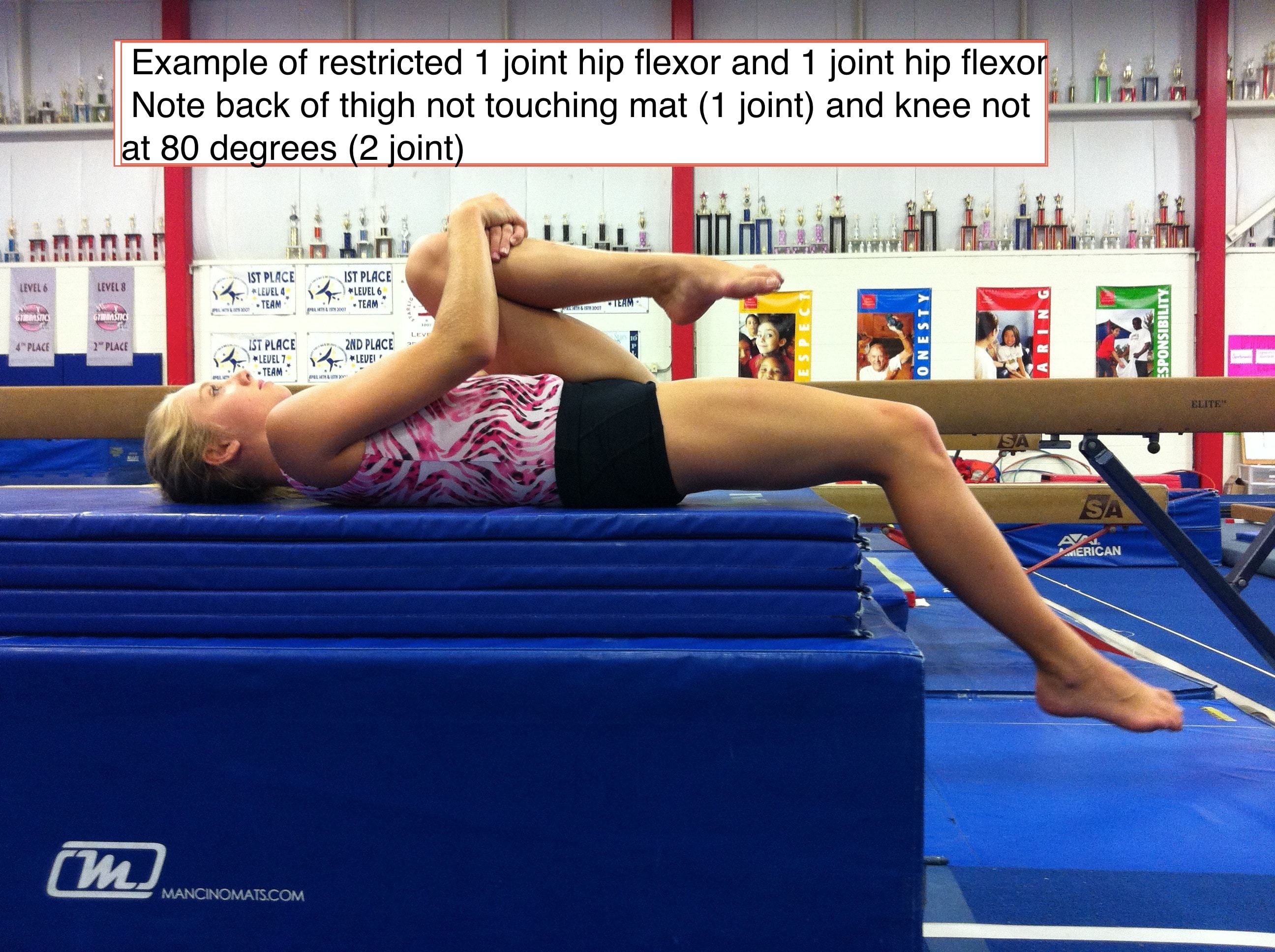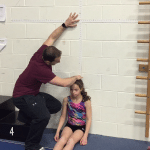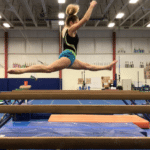Don’t Feed The Fire: Modifying Strength To Increase Flexibility
This is something I have been thinking about as I continue to treat a lot more gymnasts who come to me with injury or performance issues. I’m always trying to break down the problem to help the athlete, but also find the “spark” that created it. One pattern that has emerged surrounds gymnasts who are struggling with their flexibility, but unfortunately are continuing to do things in training that perpetuate the issue.
Before sharing more, remember if you want to learn everything I use for gymnastics flexibility, you can download my free”10 Minute Gymnastics Flexibility Guides” here
Download My New Free
10 Minute Gymnastics Flexibility Circuits
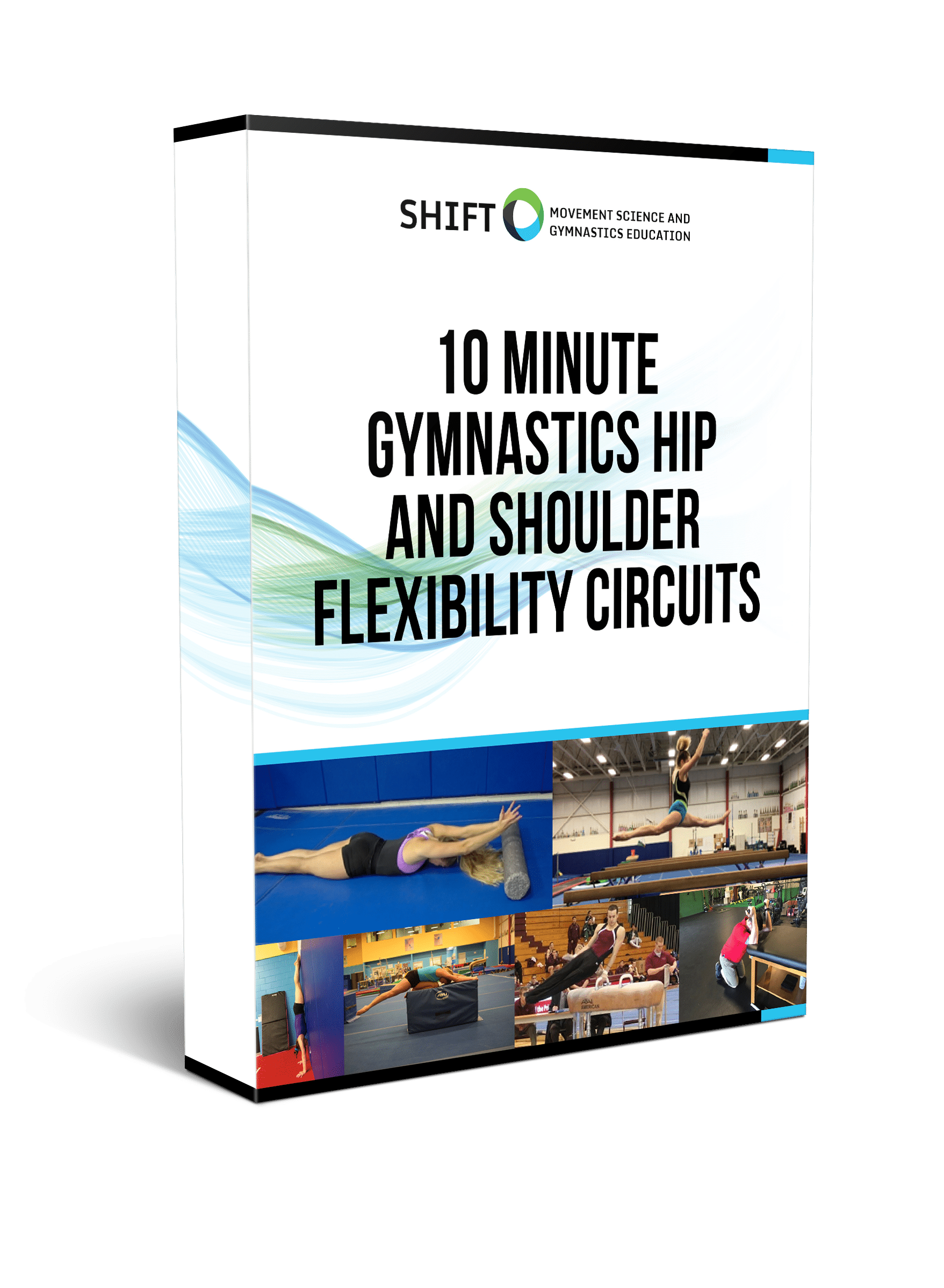
- 4 full hip and shoulder circuits in PDF
- Front splits, straddle splits, handstands and pommel horse/parallel bar flexibility
- Downloadable checklists to use at practice
- Exercise videos for every drill included
It bothers me when coaches get upset with a gymnast for having limited shoulder flexibility, but then turn around and have the gymnast do 100’s of pull ups, leg lifts, and rope climbs that may be causing the loss of shoulder motion from excessive lat stiffness. Whose fault is it really? Granted there are gymnasts who unfortunately don’t put regular effort into flexibility programs like they should. But, we want to make sure that the exercise selections we chose for our gymnasts are not further contributing to their lack of mobility. Here is what I mean.
Table of Contents
Limited Overhead Mobility
Take an athlete who has limited overhead mobility for example. Often times I find limited overhead mobility in gymnasts comes from soft tissue restrictions in the lats, teres major, pec major and minor, and other internal rotators that may develop over years of training. I also find it comes from strength and conditioning programs that don’t have proper ratios of upper body pushing to pulling exercises. I touched on this in a very popular article I wrote entitled “Gymnastics, Please Stop Doing These Stretches (Part 2)“
If a gymnast is known for having “tight shoulders” that limits their handstand and swinging skills, why are we continuing to have that athlete do a high volume of pull ups, rope climbs, push ups, and leg lifts? Doing high volume of these movements may create ongoing stiffness in these areas, and as a result further contribute to the loss of overhead mobility over time.
It may be a better option to modify the amount of volume these athletes do, and instead replace those exercises with more horizontal pulling type motions to help create balance. Also adding in regular soft tissue work and mobility drills would be really important. This will help them continue to get the strength training effect, but won’t continue to perpetuate their overhead mobility issue.
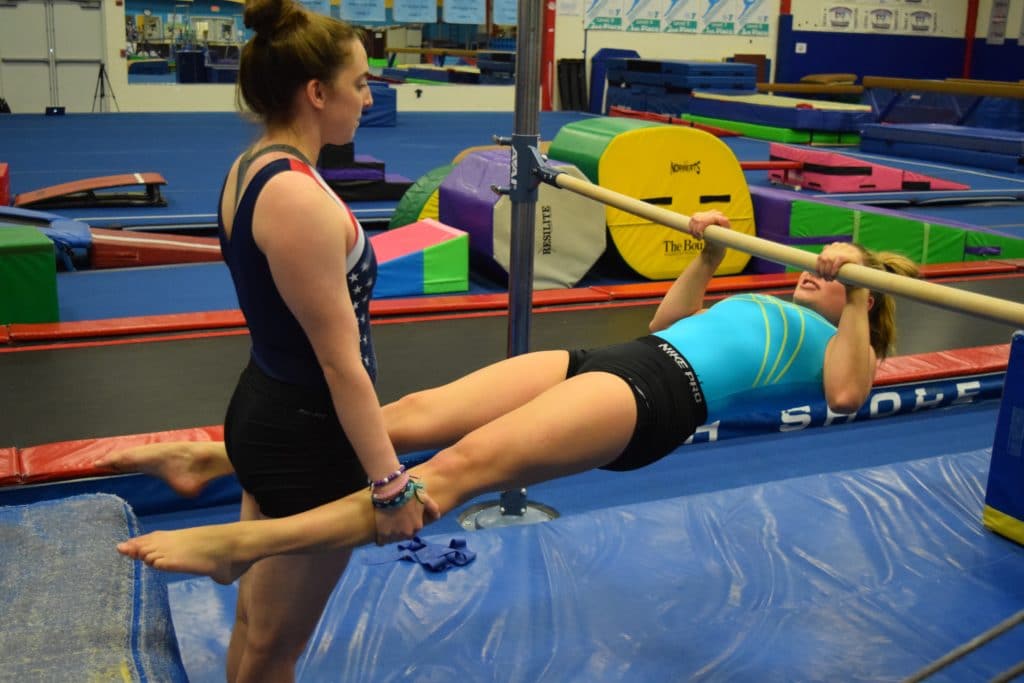
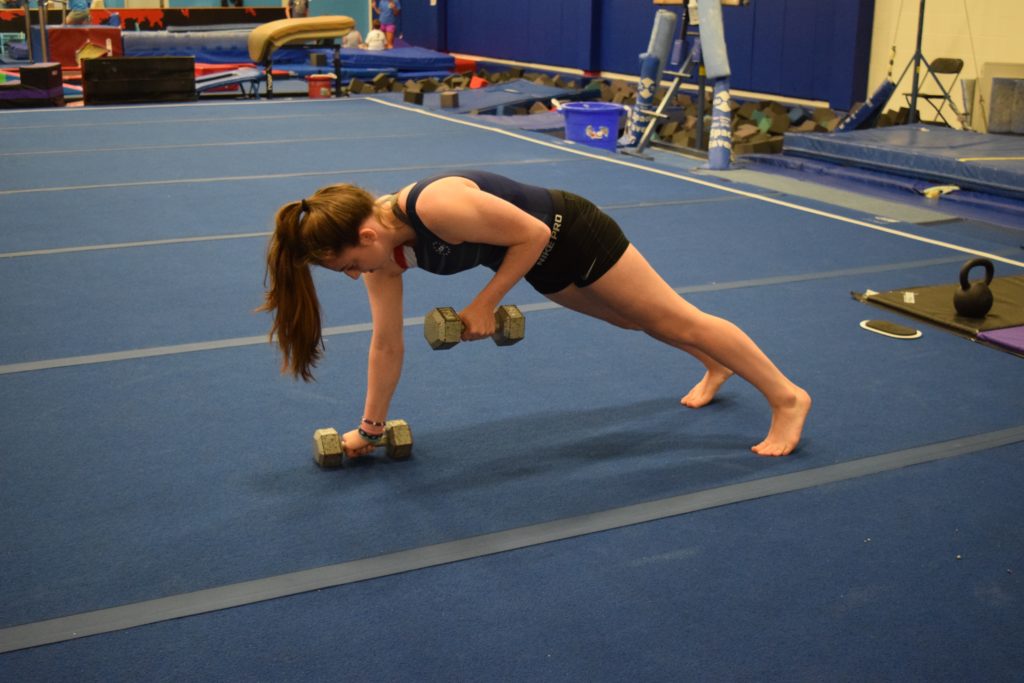
Limited Hip Mobility
This same concept can be applied to hip mobility restrictions that are present in some gymnasts. Similar to above, I find limited split or leap mobility limitations in gymnasts tends to from soft tissue restrictions groin tissue, 2 joint quadriceps muscle (rectus femoris) and hip flexor tissues. Again I also find it comes from strength and conditioning programs that don’t have proper ratios of upper body pushing to pulling exercises. This tends to be more pronounced in the lower body for gymnasts, as coaches program 10 single leg or double leg pushing exercises (box jumps, squats, broad jumps) and overlook proper ratios of single leg or double leg pulling exercises (hip thrusters, RDLs, etc). I touched on these concepts in another article I wrote “Gymnastics Stop Doing These Stretches (Part 1)“
Again, if the athlete is known to have “tight hips” why are they being asked to do really high volumes of squats, box jumps, leg lifts, v ups, and other hip flexing based strength? It may be of more benefit to replace those hip flexion based core exercises with things like plant crawls to get the core strength, and program more posterior chain and pulling exercises to create balance. This will allow for better balance of glute/hamstrings for power development as well as 360 deg core strength, but also won’t continue to feed their limited anterior hip mobility.
Concluding Thoughts
I’ll be the first to admit I made mistakes like this when I was a younger coach, but as I learned more about human movement and strength program design I have changed my approach quite a bit. Hopefully people found this interesting and maybe got some lightbulbs going off in readers minds. Take care,
Dr. Dave Tilley DPT, SCS

